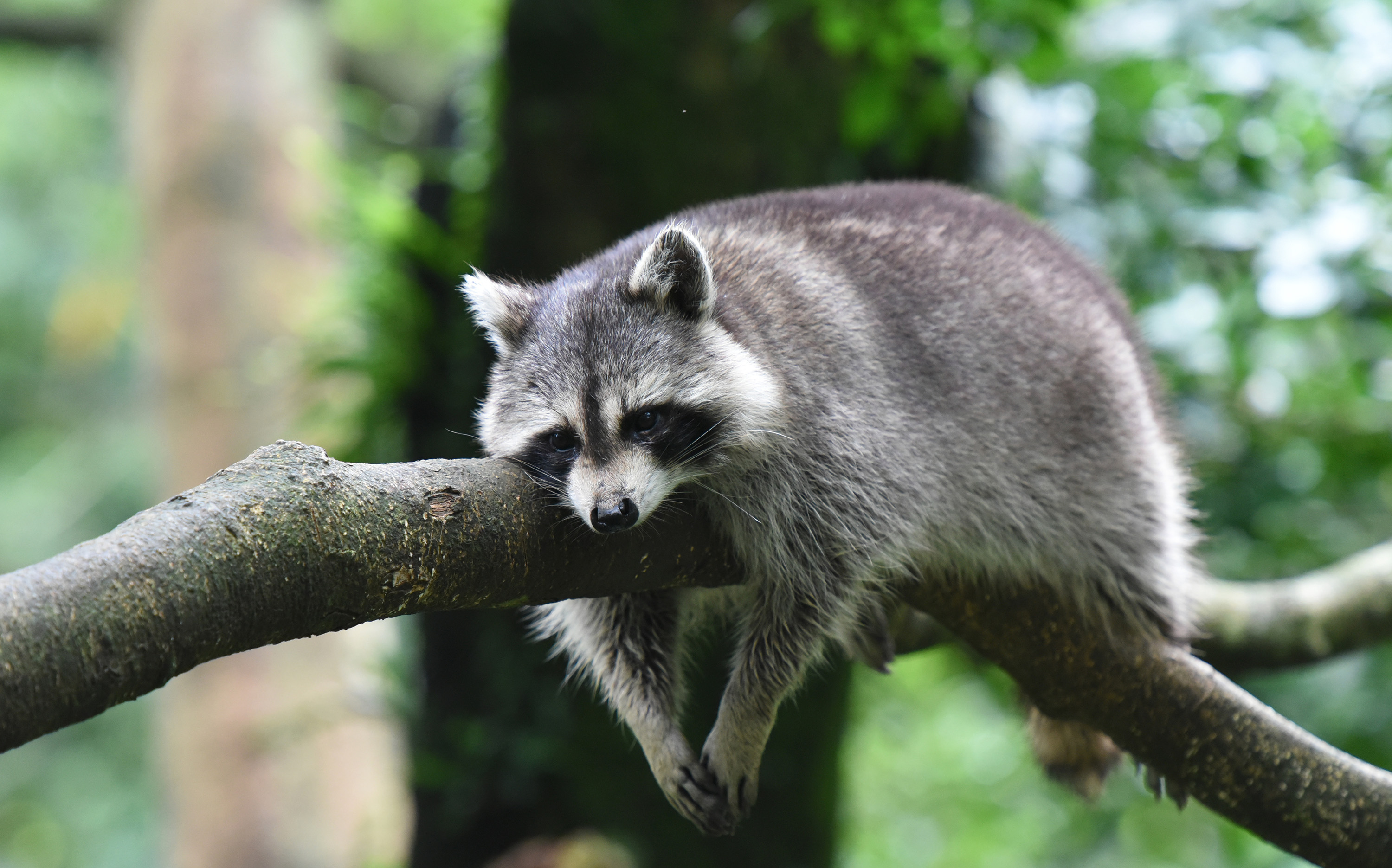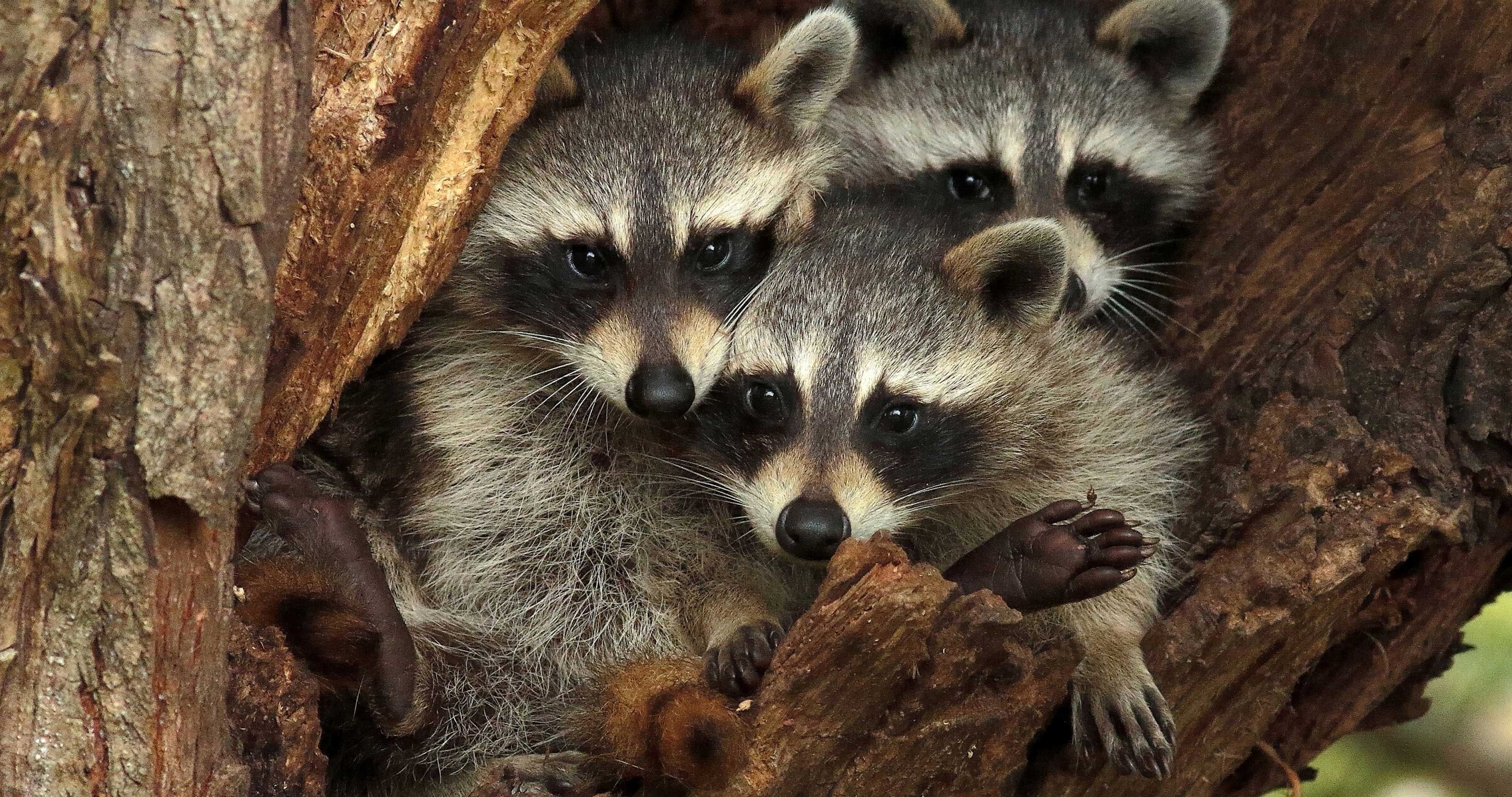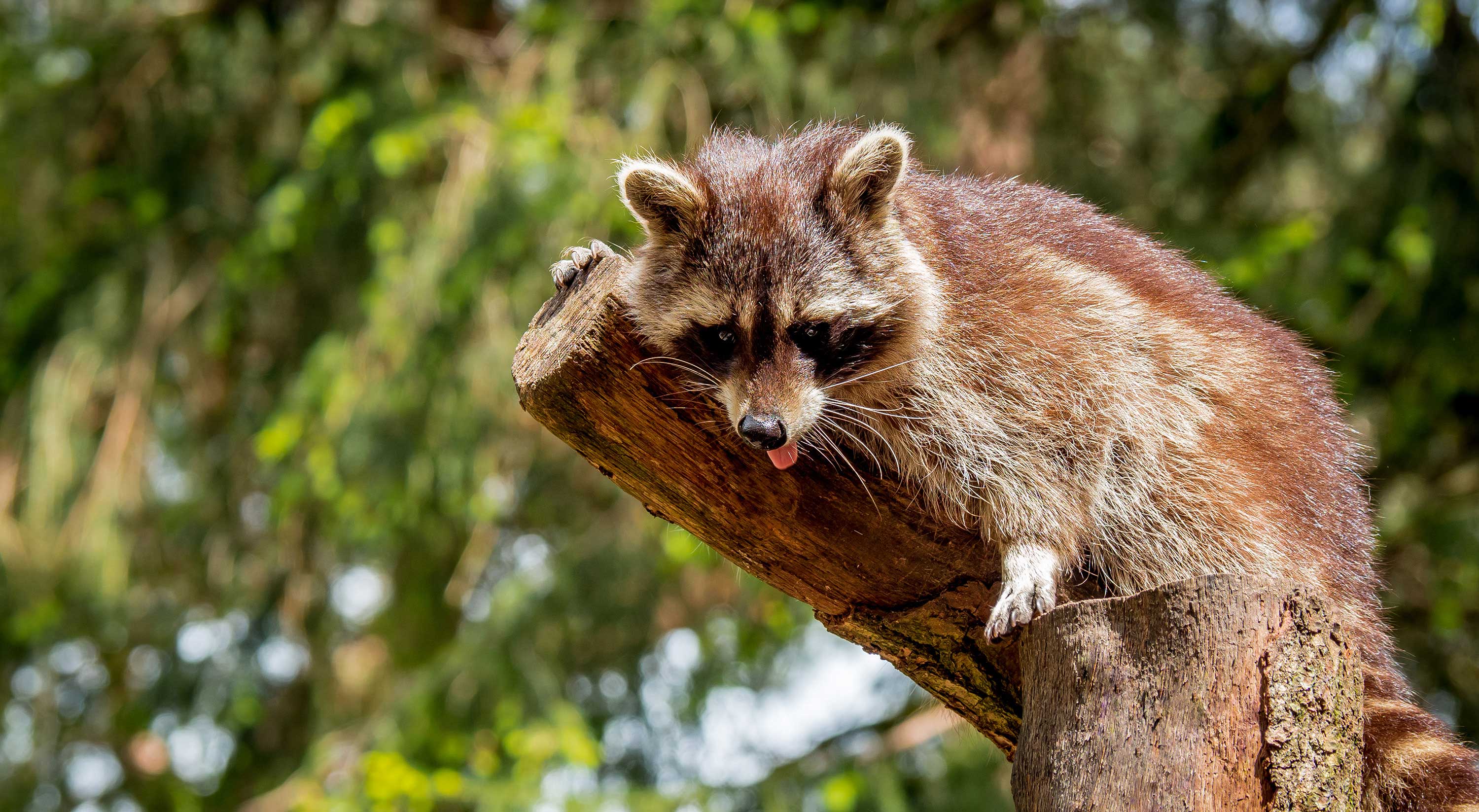Raccoons are one those animals that either evoke a love them or hate them response, depending on your particular experience. Many love their masked faces, earning them nicknames like trash pandas and trash bandits, but their mischievous nature makes them tough to contend with when they make their presence known around our homes.
The preferred habitat for raccoons is moist woodlands, according to the Animal Diversity Web. However, they are very adaptable, which is one reason why they are a familiar sight in neighborhoods and more suburban and even urban areas. In Illinois, they are actually most common in these urban/suburban areas, as well as in places with a mixture of woodland and farmland, according to Wildlife Illinois. They are less common in agricultural areas and grasslands.
In Illinois, the raccoon population has grown substantially since the 1990s. Scientists believe there are more raccoons living in the state today than there were when the first European immigrants arrived here centuries ago, according to the Illinois Department of Natural Resources.
Their population combined with their opportunistic diet means it’s not that unusual for raccoons to make unwelcome trips to your yard, especially if you store food outdoors or your garbage cans are easily accessible. They’re also very smart and quite dexterous, thanks to front paws that resemble human hands, the Animal Diversity Web reports, which means they are often able to get into things other animals cannot.

)
)
)
)